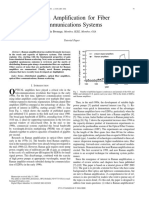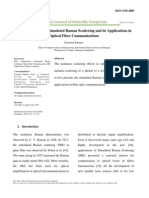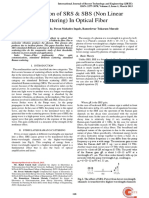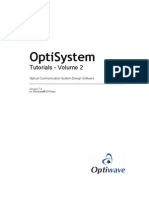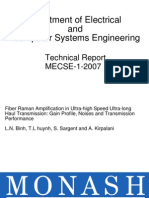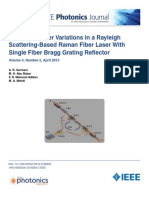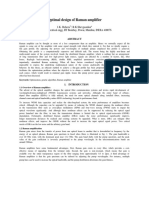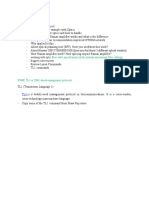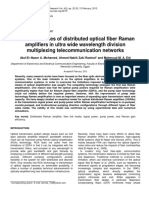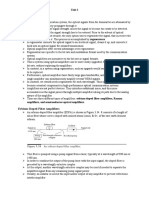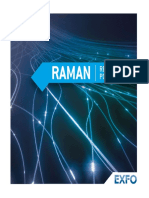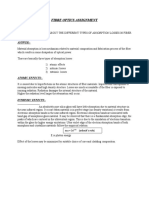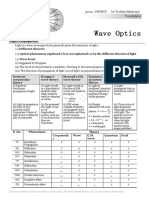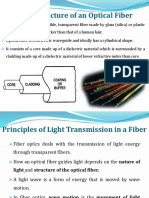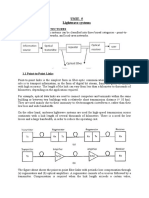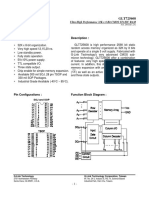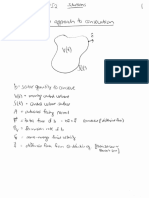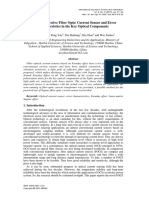0% found this document useful (0 votes)
144 views7 pagesRaman Scattering in OptiSystem
This project report summarizes a student experiment on simulated Raman scattering using Optisystem software. The experiment aimed to demonstrate light amplification via stimulated Raman scattering. The procedure involved setting up an optical system in Optisystem with various components, including a pump laser and Stokes wave. The output spectrum graph showed amplification of the weaker Stokes wave by 37.3 dB, demonstrating the Raman gain effect. The calculated Raman gain from the simulation parameters matched the observed gain.
Uploaded by
Ridhi JainCopyright
© © All Rights Reserved
We take content rights seriously. If you suspect this is your content, claim it here.
Available Formats
Download as DOCX, PDF, TXT or read online on Scribd
0% found this document useful (0 votes)
144 views7 pagesRaman Scattering in OptiSystem
This project report summarizes a student experiment on simulated Raman scattering using Optisystem software. The experiment aimed to demonstrate light amplification via stimulated Raman scattering. The procedure involved setting up an optical system in Optisystem with various components, including a pump laser and Stokes wave. The output spectrum graph showed amplification of the weaker Stokes wave by 37.3 dB, demonstrating the Raman gain effect. The calculated Raman gain from the simulation parameters matched the observed gain.
Uploaded by
Ridhi JainCopyright
© © All Rights Reserved
We take content rights seriously. If you suspect this is your content, claim it here.
Available Formats
Download as DOCX, PDF, TXT or read online on Scribd
/ 7
